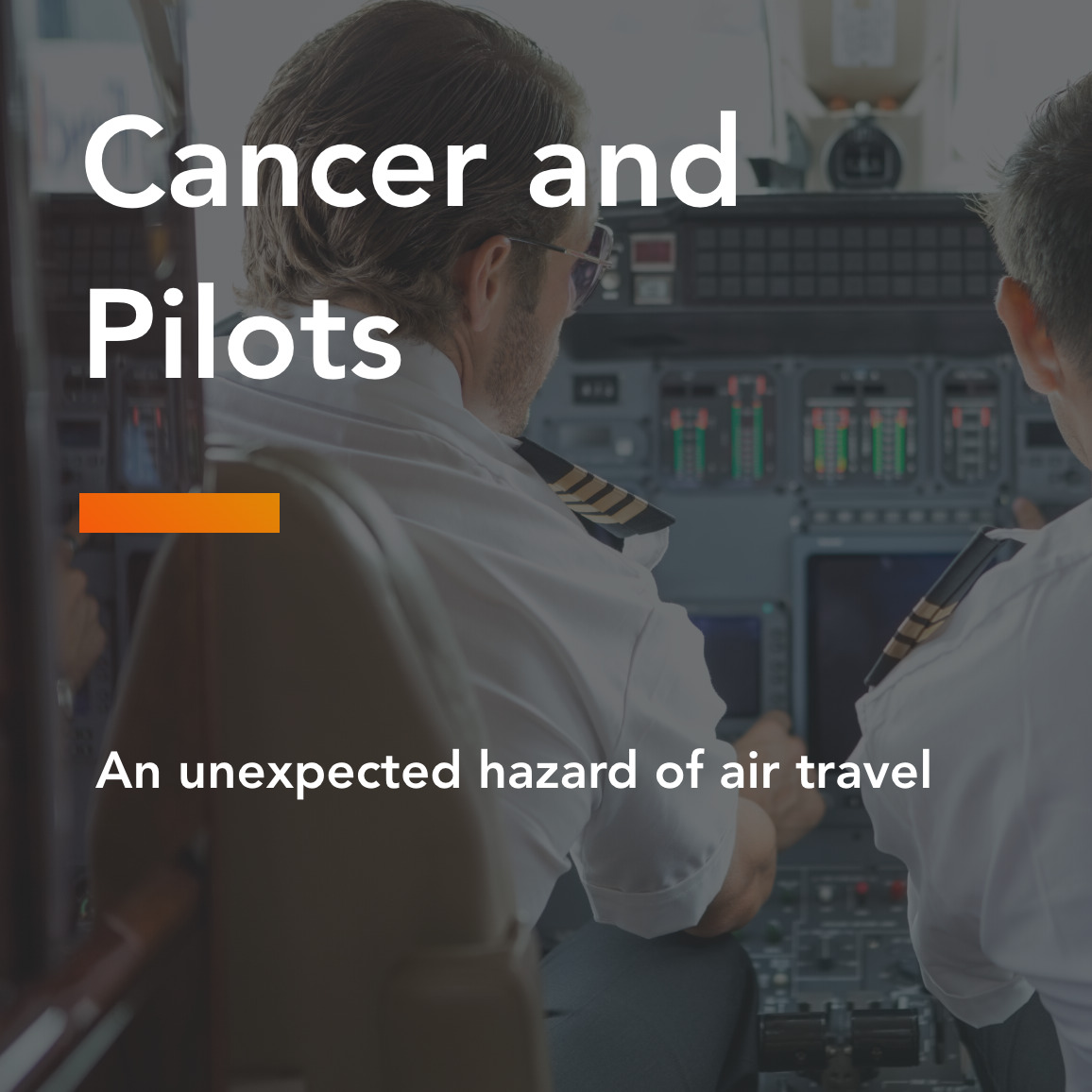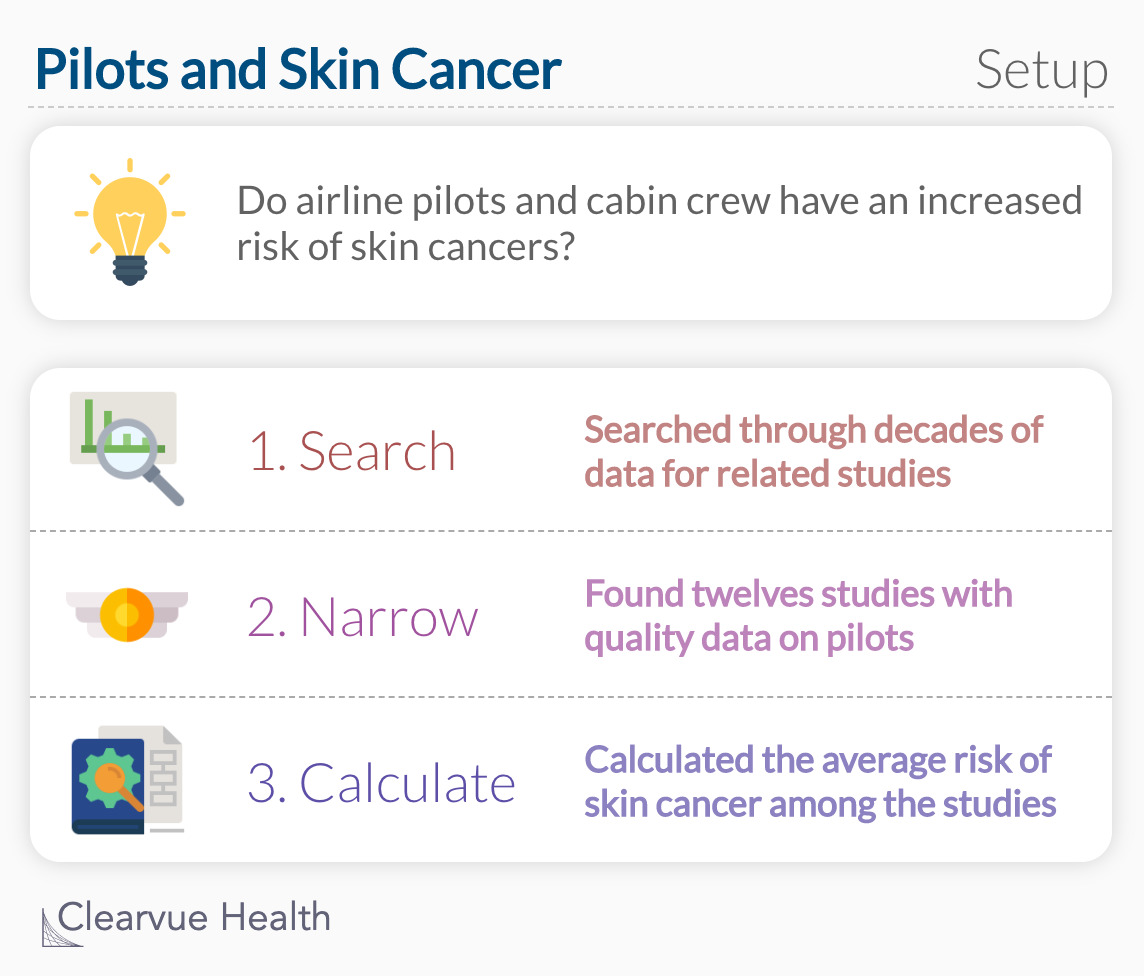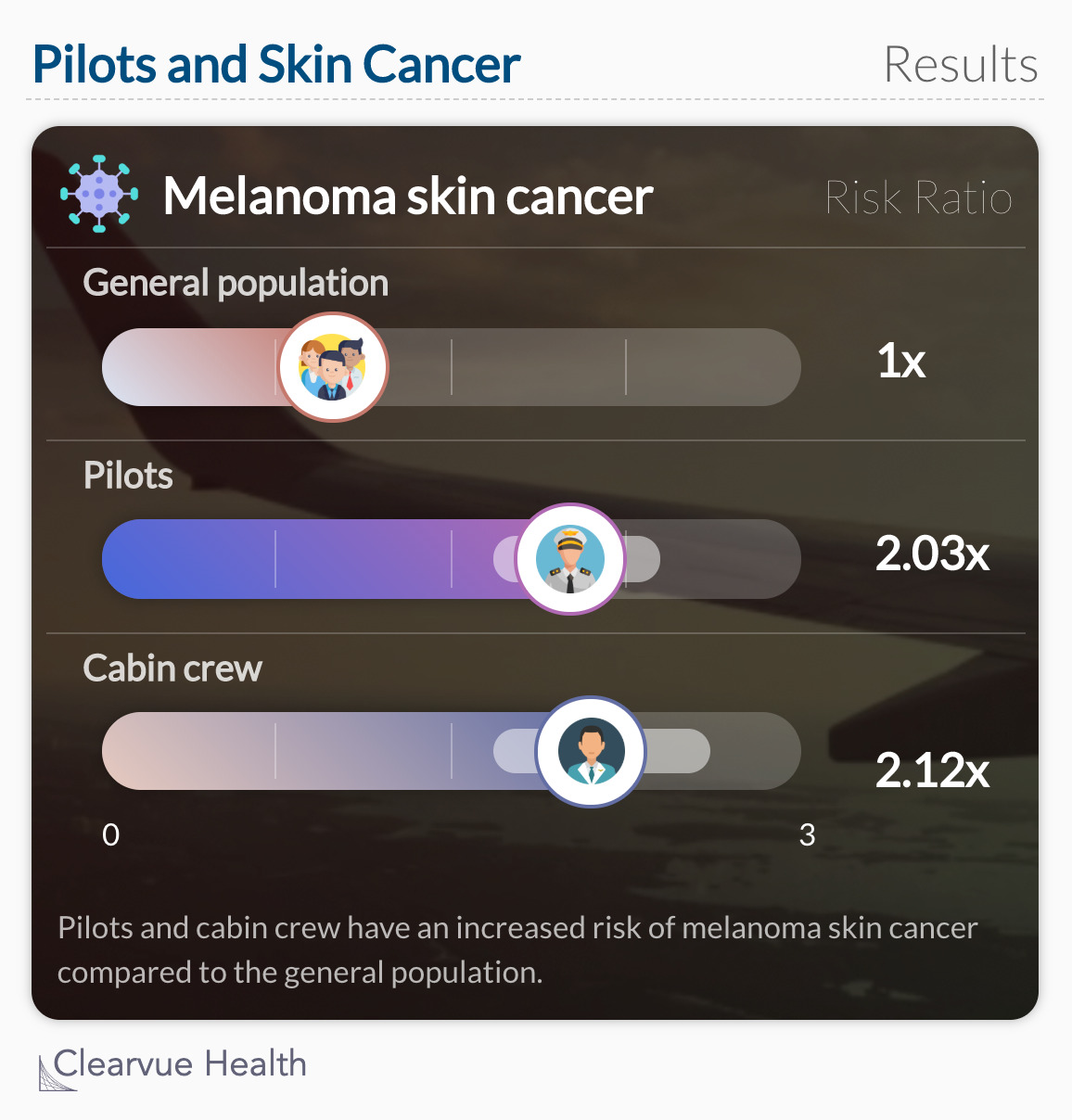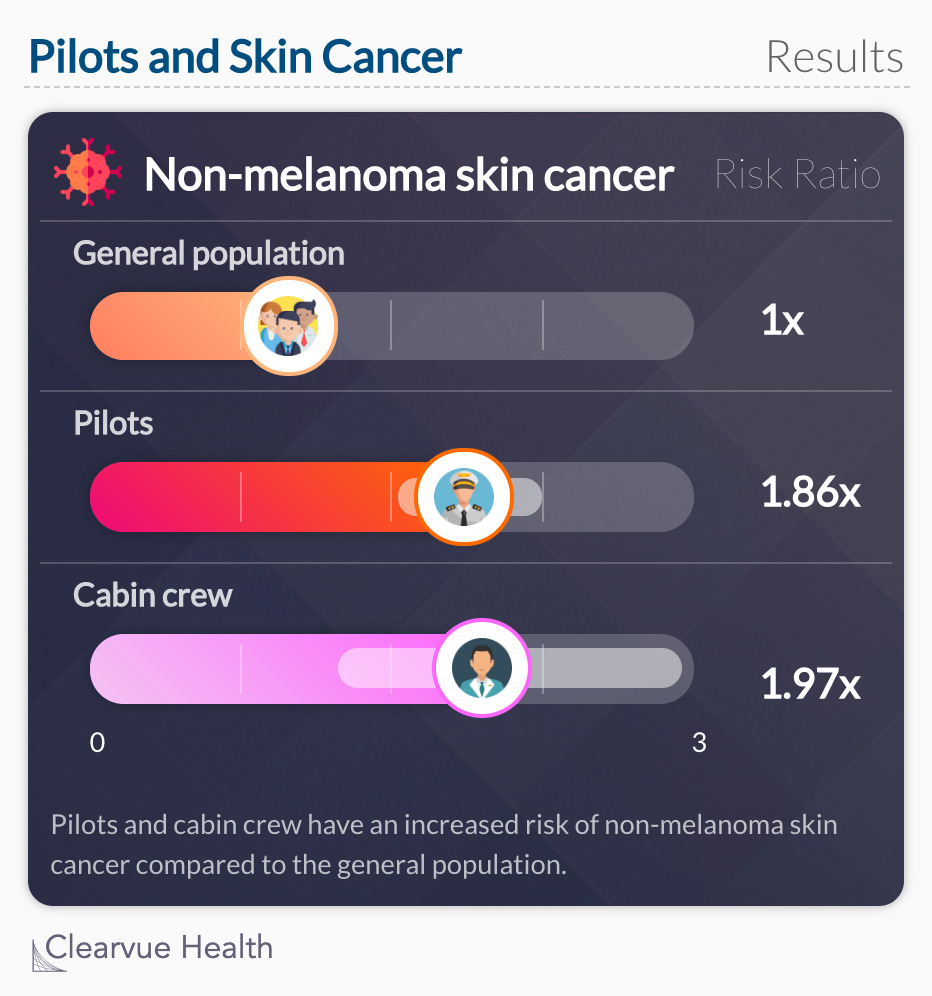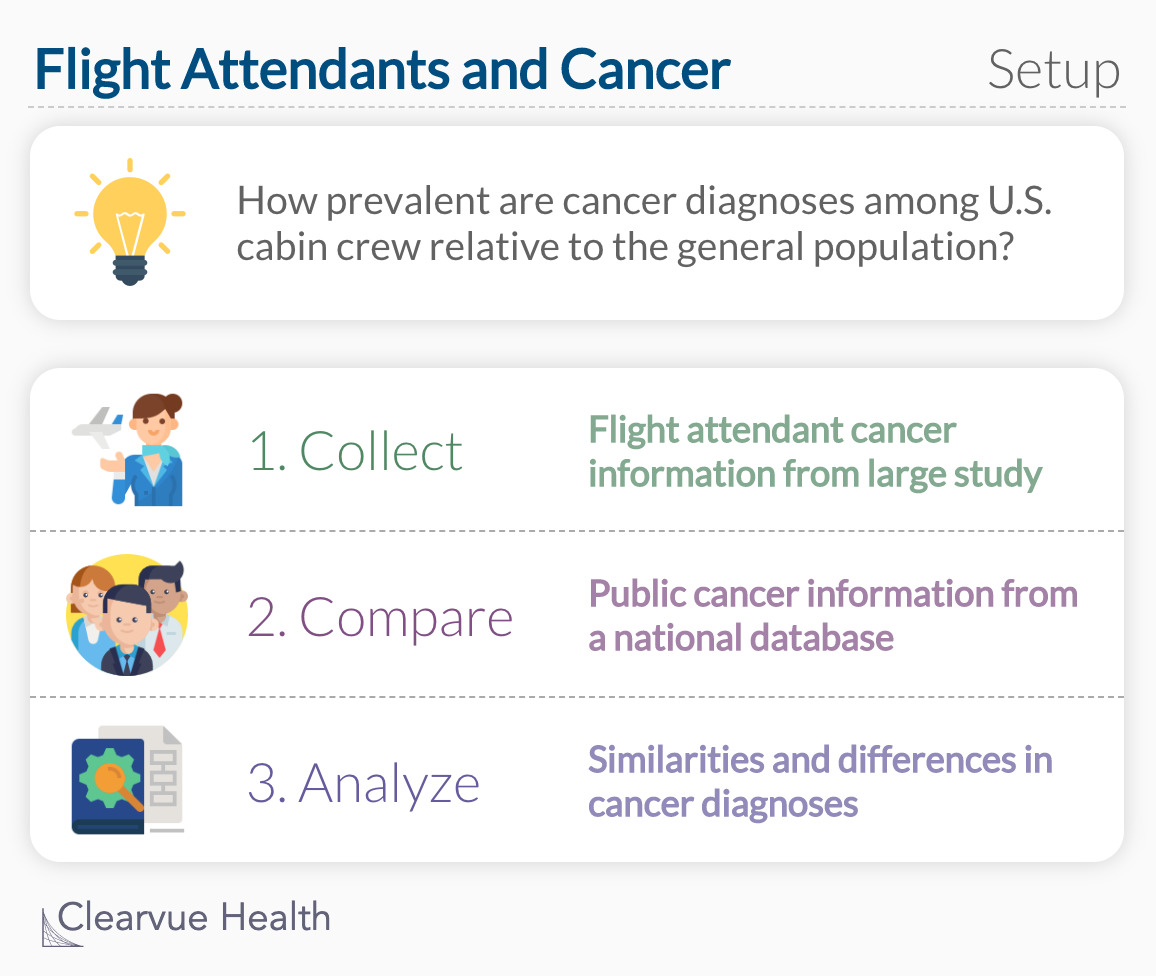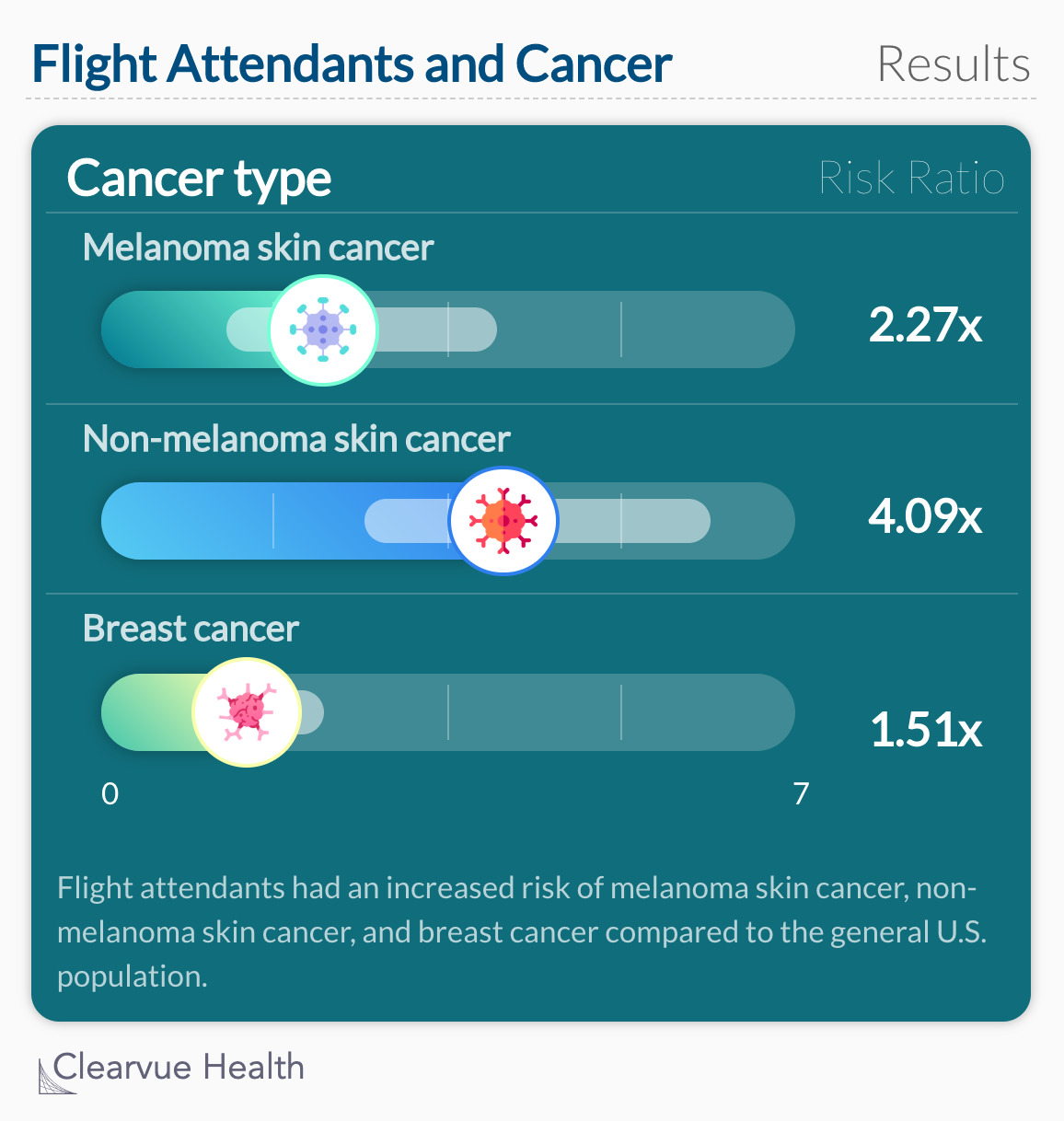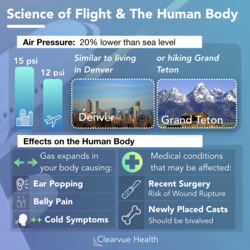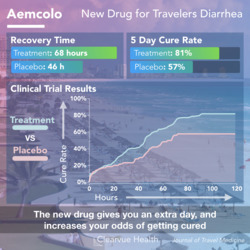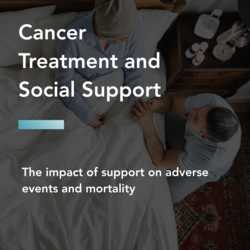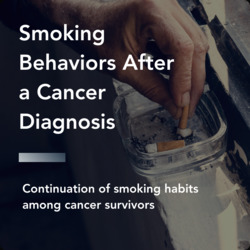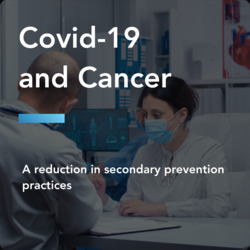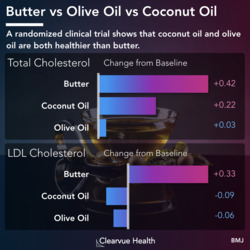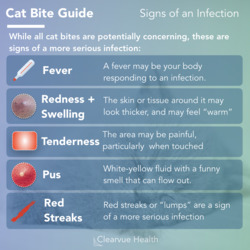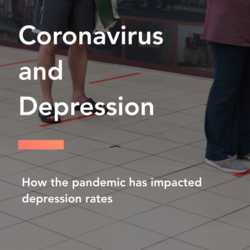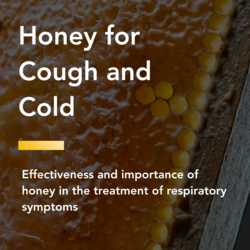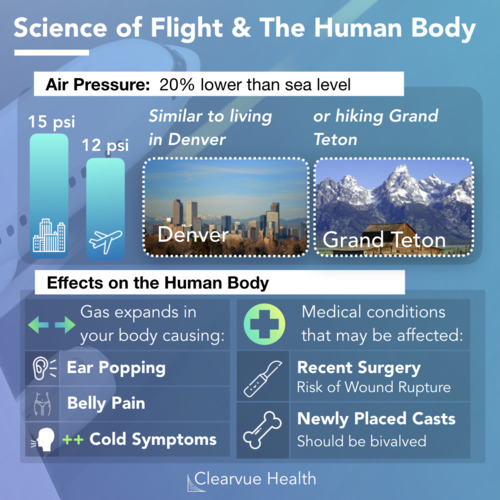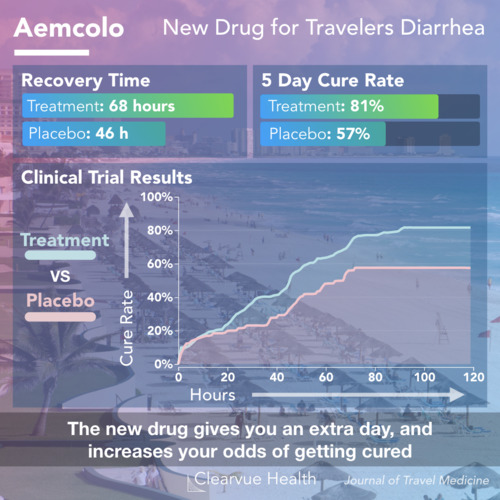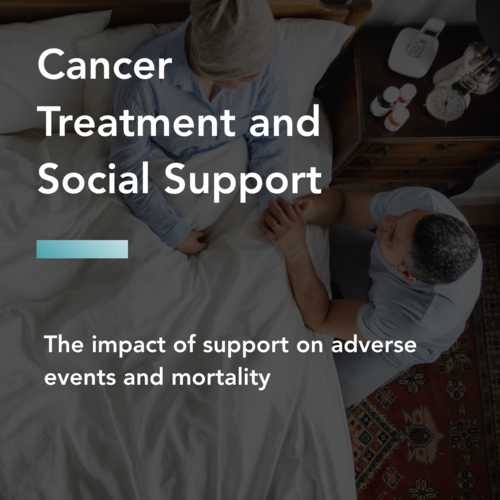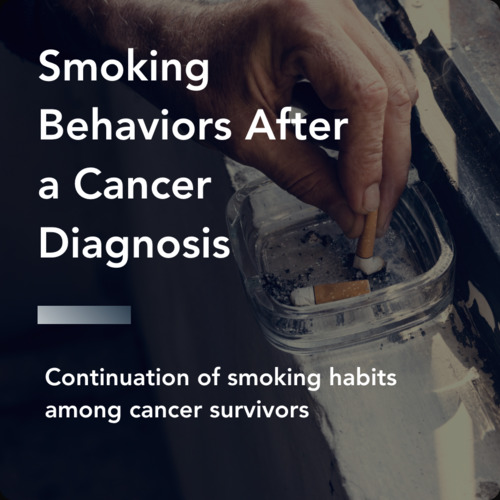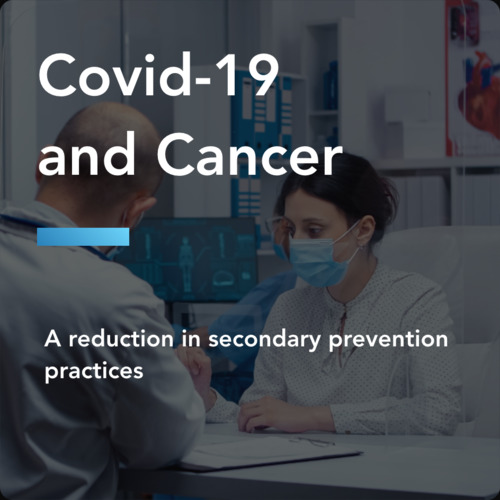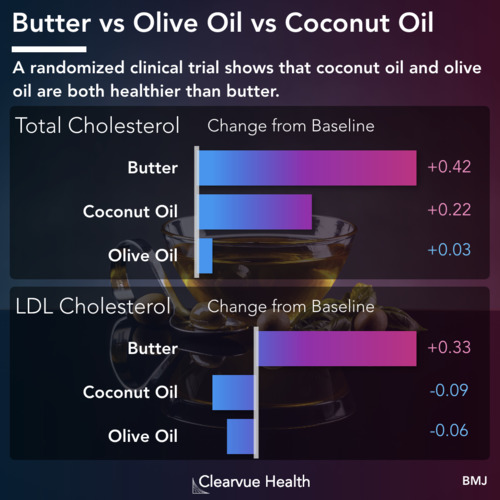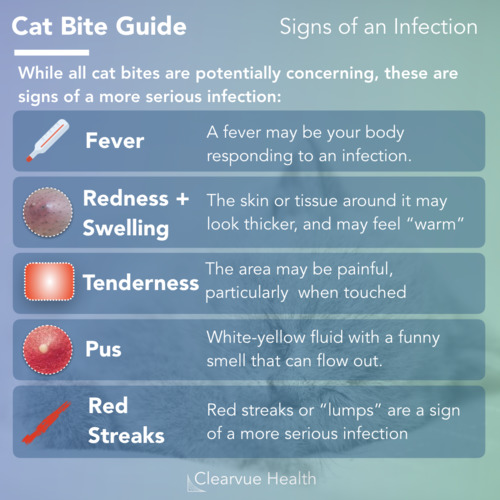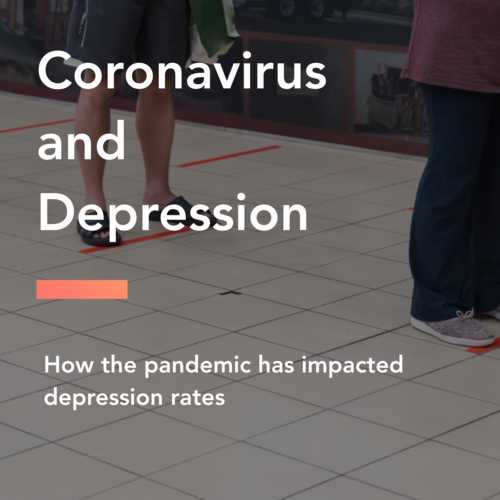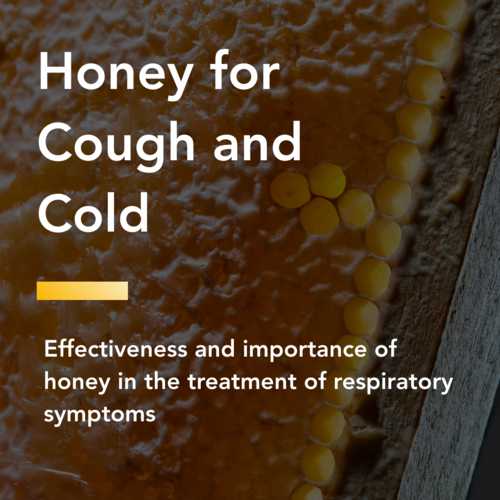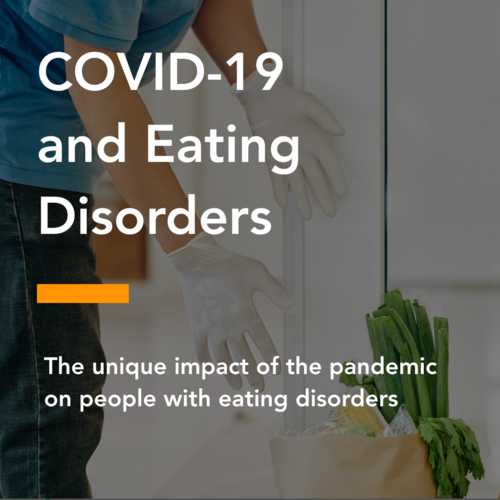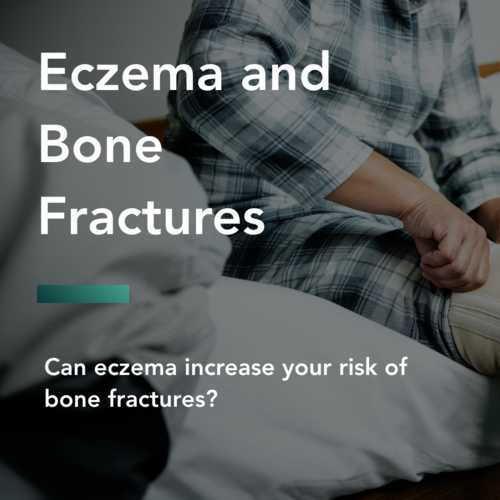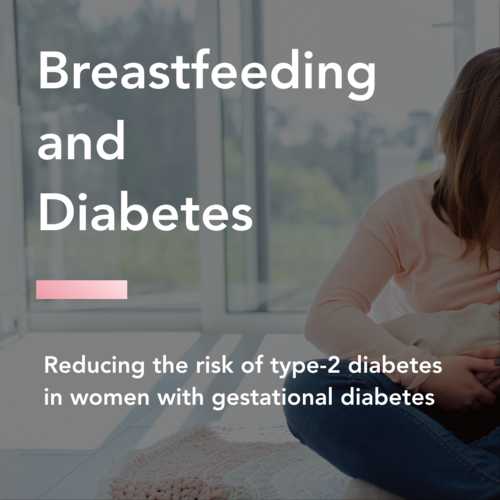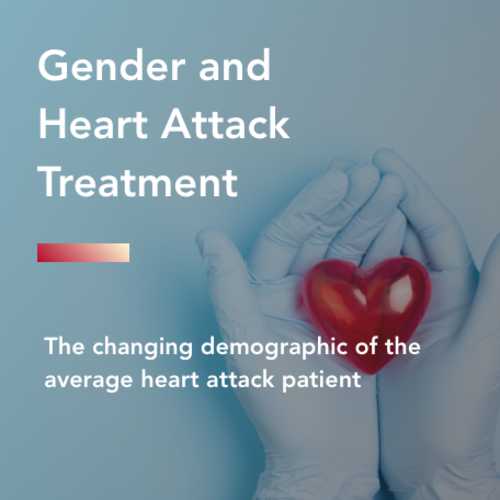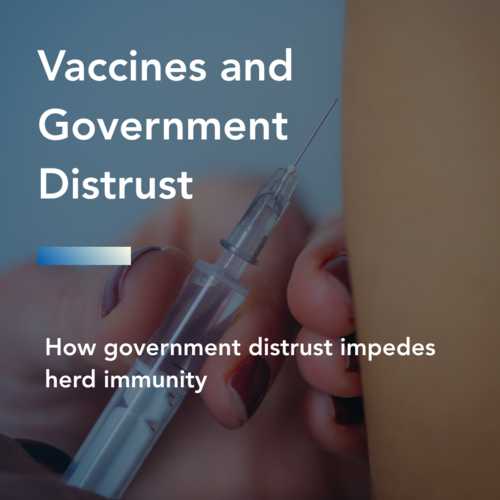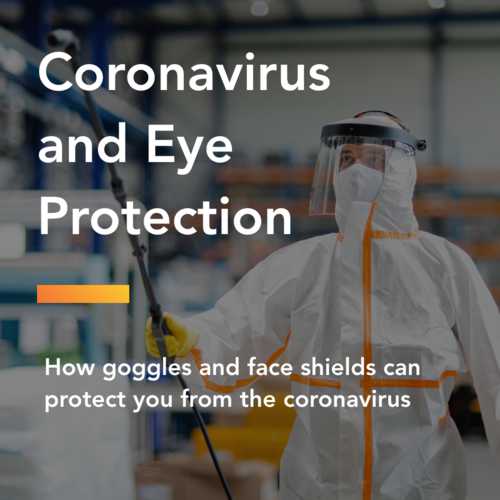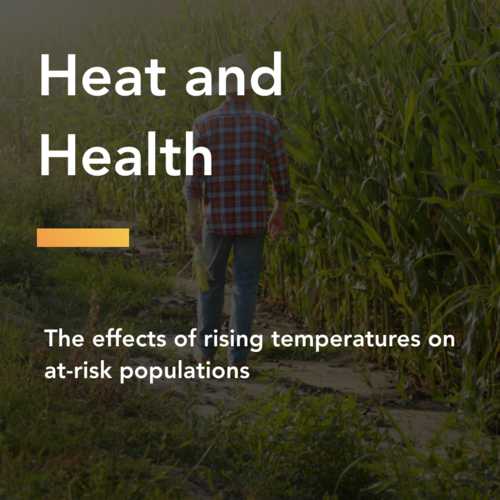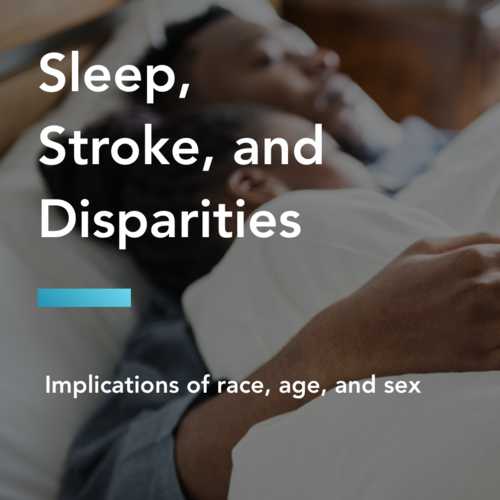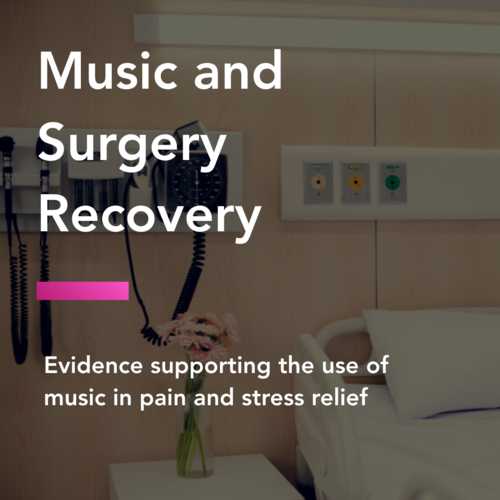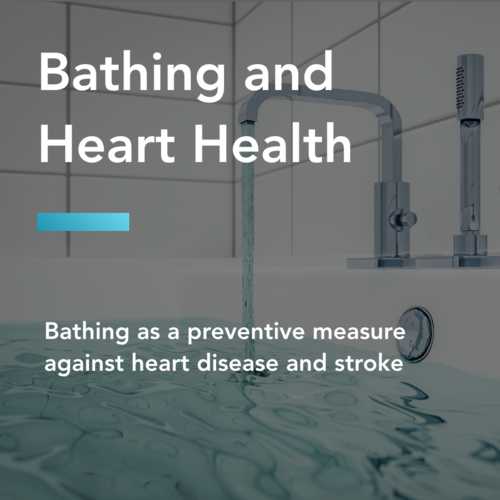As you can imagine, there are a number of occupational hazards associated with flying an airplane: crashes being an obvious one. Pilots can feel emotional stress if they are away from their families for an extended period of time. Or perhaps, their sleep schedules are mixed up after traveling between time zones.
A less apparent hazard for pilots and their crew is an increased risk of cancer. In this article, we review cancer reports of flight crews and the types of cancers.
Skin cancer
Source: Do Airline Pilots and Cabin Crew Have Raised Risks of Melanoma and Other Skin Cancers? Systematic Review and Meta-Analysis
After reviewing all the data, they found evidence regarding two different types of skin cancer: melanoma and non-melanoma skin cancer.
“
Airline pilots and cabin crew have about twice the risk of melanoma and other skin cancers than the general population, with pilots more likely to die from melanoma.
Flight attendants
Starting in 2014, the Harvard Flight Attendant Health Study collected a variety of data about the health of air travel employees. Researchers compared the findings from this large-scale study with cancer statistics from a national database to determine how common cancers were between the groups.
Source: Cancer prevalence among flight attendants compared to the general population
In this study, they also saw an increased risk of melanoma and non-melanoma skin cancers. In addition, they observed an increase in breast cancer risk among female flight attendants. The risk of non-melanoma skin cancer doubled compared to the last study.
Interestingly, non-melanoma skin cancer in females was related to how long they’d been working as a flight attendant. This could be age-related or support the theory that their occupational exposures increased their risk.
A risk of the job?
This data tells us that airplane cabin crews report higher rates of breast cancer, melanoma skin cancer, and non-melanoma skin cancer compared to the general population. However, there is no way to know the true cause without performing a trial that controls and measures each factor separately.
